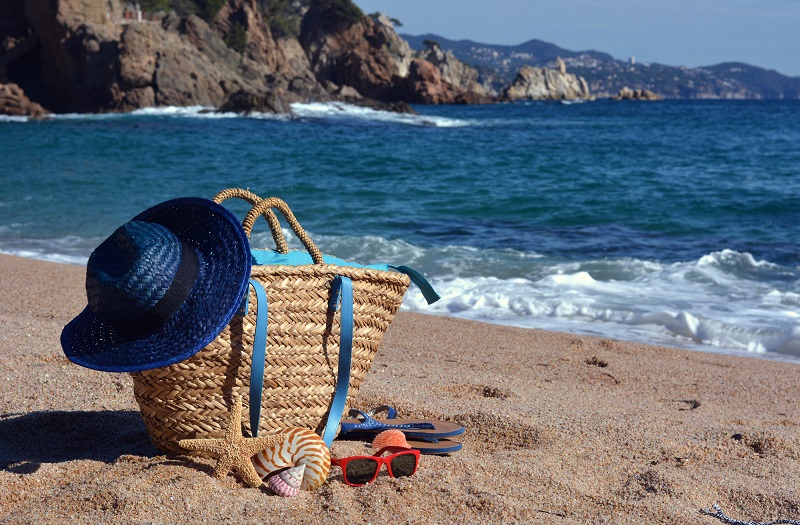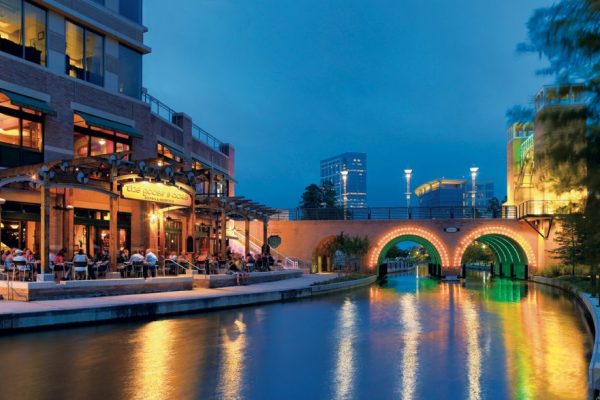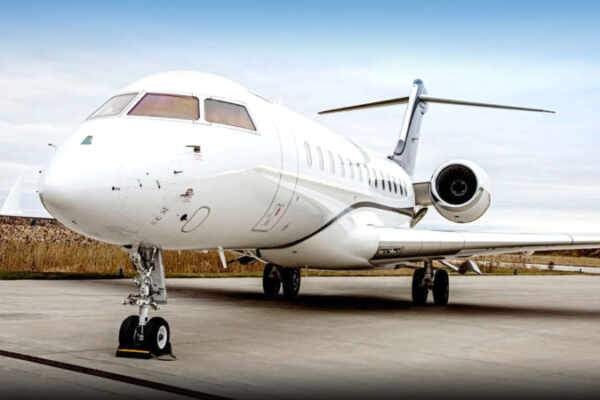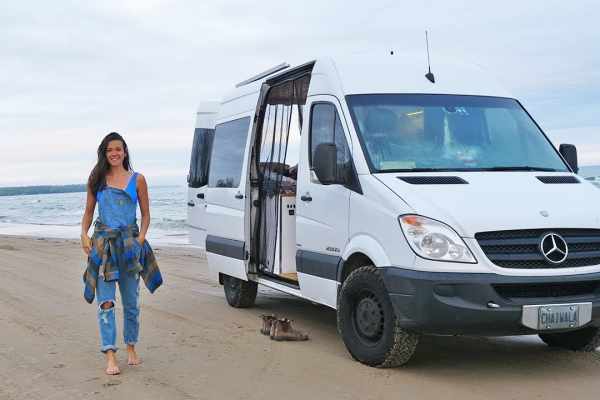Travel, as we know it, ended during the devastating outbreak of COVID-19 that has consumed the world. Will we ever travel again?
While global travel restrictions of the pandemic have grounded us temporarily, our love of travel hasn’t gone away. Travel will certainly come back, but the future of travel may look slightly different than it has in the past. (Sballergy.com)
Safety and hygiene will no doubt be one of the biggest factors, but there are lots of considerations that we never had to think about previously.
What will travel look like, and where will we go? To learn more, keep reading to find five predictions as to what the future of travel may look like.
1. Health Passports Will Become Normal
Would you embrace international travel if you had a digital health passport? It’s a realistic option for making the future of travel safer in a COVID world.
The idea behind an immunity passport is that it’s physical or digital proof that you are negative to COVID, therefore allowing you to travel freely around the world. As we are seeing more and more rapid testing, it’s easy to test someone right before they want to travel, to ensure they’re healthy.
It seems like an unusual concept, but it could work effectively to allow us to continue to travel without further spread of the disease. This could be especially helpful when travelers visit countries with highly vulnerable population groups or countries with limited medical resources.
Some see this as the only way to safely resume international travel before we have a vaccine for COVID-19. It will also help passengers feel safer on planes or public transportation.
2. An Increased Focus on Local Travel
With fears of COVID often linked to airplanes and overseas travel, more and more vacationers are looking locally. Trips away near home, accessible by car instead of a plane, are likely to increase in popularity as they seem safer.
Many countries still have travel restrictions in place as well, so domestic and local travel is the only option for some.
Local travel or even a staycation is one of the best ways to experience your own backyard and travel more in your region. No matter where you live, there are probably plenty of amazing points of interest, parks, or beaches to visit just a short drive away.
3. Decreased International Migration
Pre-COVID, international migration was very common, especially with companies sending workers overseas to work at other locations of their company.
However, this has slowed down due to COVID and may never fully rediscover, now that workplaces around the globe have discovered that work can be done remotely. Why relocate someone to another country if they can do the job from home?
Workers who are migrating into the US from overseas may be interested in citizenship processing times, which can vary greatly and impact your decision to move overseas or not.
4. Increased Travel from Remote Workers
On the opposite end of the spectrum, more people are working remotely than ever before. Gone are the days when a 9-5 career or shift work were the only options for earning an income—thanks to the internet, we can now work from anywhere.
With plenty of income to be made from VA roles, social media, IT, or freelancing, workers love the freedom that comes from working for yourself and may choose to live a digital nomad lifestyle, meaning they travel long-term, working along the way.
The digital nomad trend is definitely changing the way we travel, as nomads are looking for more than just a hotel room. They want plenty of workspace, fast internet, room to cook, and space to spread out, leading to an increase in Airbnb and homestay types of accommodation.
With the fear or COVID, many of us are shunning high-occupancy hotels anyway, preferring our own space in a home or apartment.
5. More Nature and Outdoors Travel Experiences
If there’s one buzzword of 2020, it’s social distancing. We want to avoid crowds as much as possible, to reduce our risk of contracting the disease.
For this reason, people are looking at travel experiences where they can avoid people, such as camping, visiting national parks, or spending outdoors.
Busy attractions like amusement parks or malls are decreasing in popularity, and travelers are looking for more peaceful holiday ideas.
In a world after COVID, we are likely to see more interest in spending time in nature as a family or small group. Camping or renting a house, and cooking instead of visiting restaurants, may allow people to feel safer while traveling.
Plus, after months of isolation and staying inside, we are craving fresh air, exercise, and spending time in the great outdoors.
Travel operators and tourism boards can get involved with this trend by marketing all the outdoor activities that can be done in their region, encouraging visitors.
What Does the Future of Travel Look Like for You?
2020 has been a year no one could have ever predicted, so it’s hard to say exactly what the future of travel will look like. However, based on the trends, we are likely to see an increase in the above.
What will travel look like for you? We all long to get back on the open road or explore a new destination, but we want to do so safely. Start thinking about where you might like to visit and how you can do so safely—we hope 2021 brings plenty more opportunities to travel!
Did you find this article useful? If so, please check out some of our other content to learn more.










